How does the hagfish defend itself from predators?
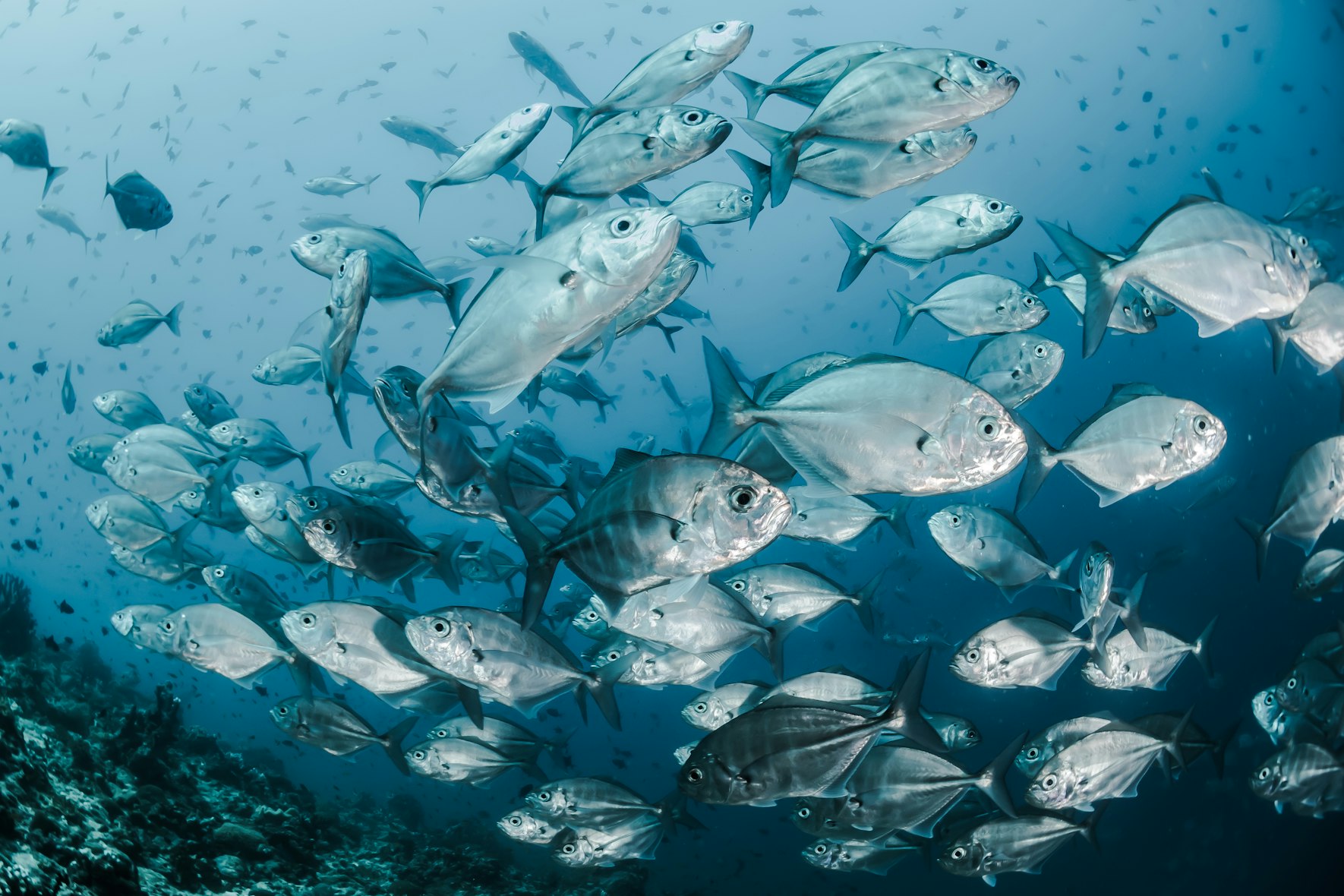
Spraying ink
Emitting electric shocks
Releasing slime
Mimicking other animals
What defense mechanism is used by the bombardier beetle?
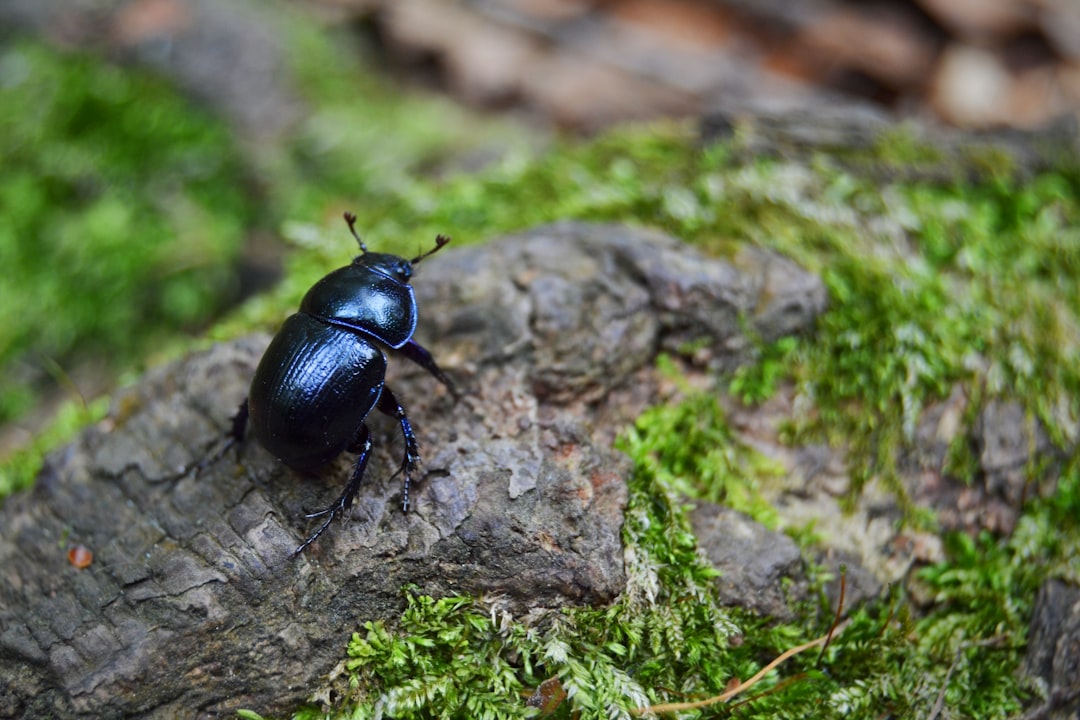
Loud hissing
Stinging venom
Spraying boiling chemicals
Burrowing into the ground
How do sea cucumbers ward off threats?

By splitting into two
Releasing bioluminescent light
Ejecting internal organs
Hardening their skin
What unique defense does the Malaysian exploding ant employ?
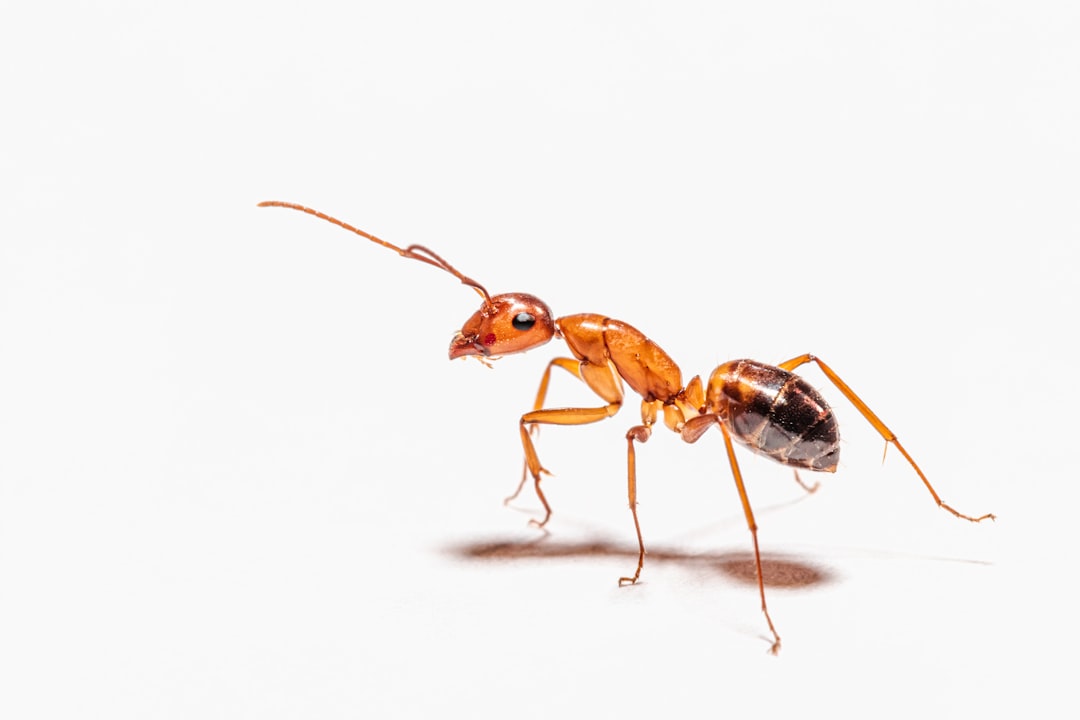
Camouflage
Exploding head
Emitting a loud noise
Pretending to be dead
Which method does the porcupine fish use to avoid predators?
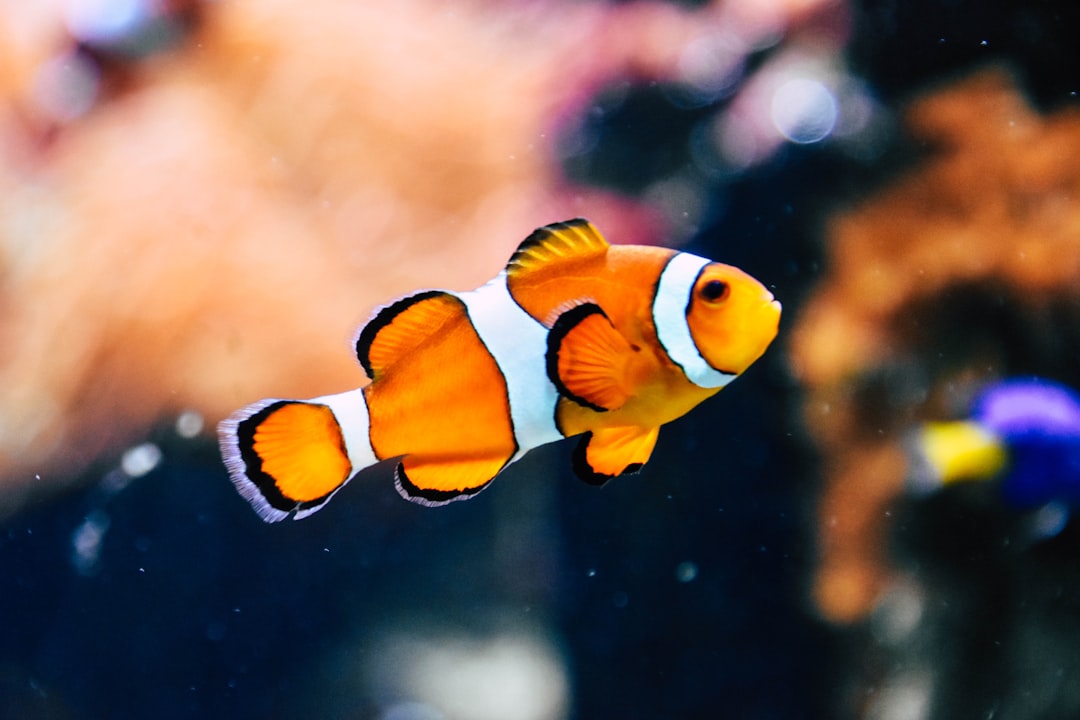
Emitting poison
Expanding into a ball
Burrowing in the sand
Mimicking more dangerous species
What does the Texas horned lizard do to fend off predators?
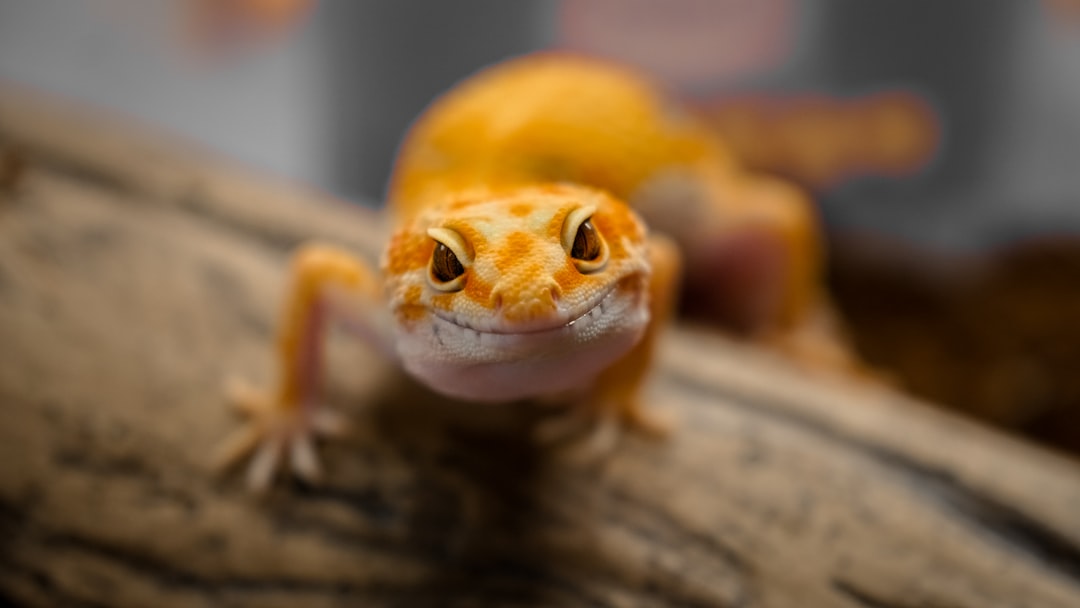
Rolls into a ball
Changes color
Squirts blood from its eyes
Plays dead
How do skunks defend themselves?
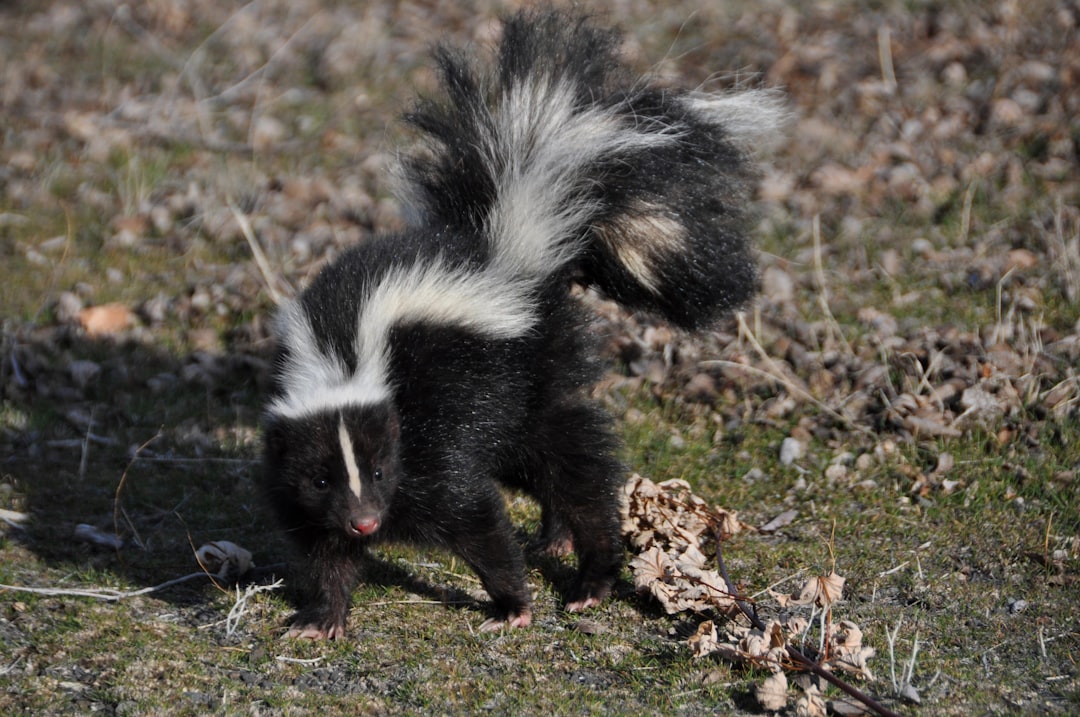
Biting
Spraying a foul odor
Making loud noises
Pretending to be dead
What defense mechanism is characteristic of the cuttlefish?
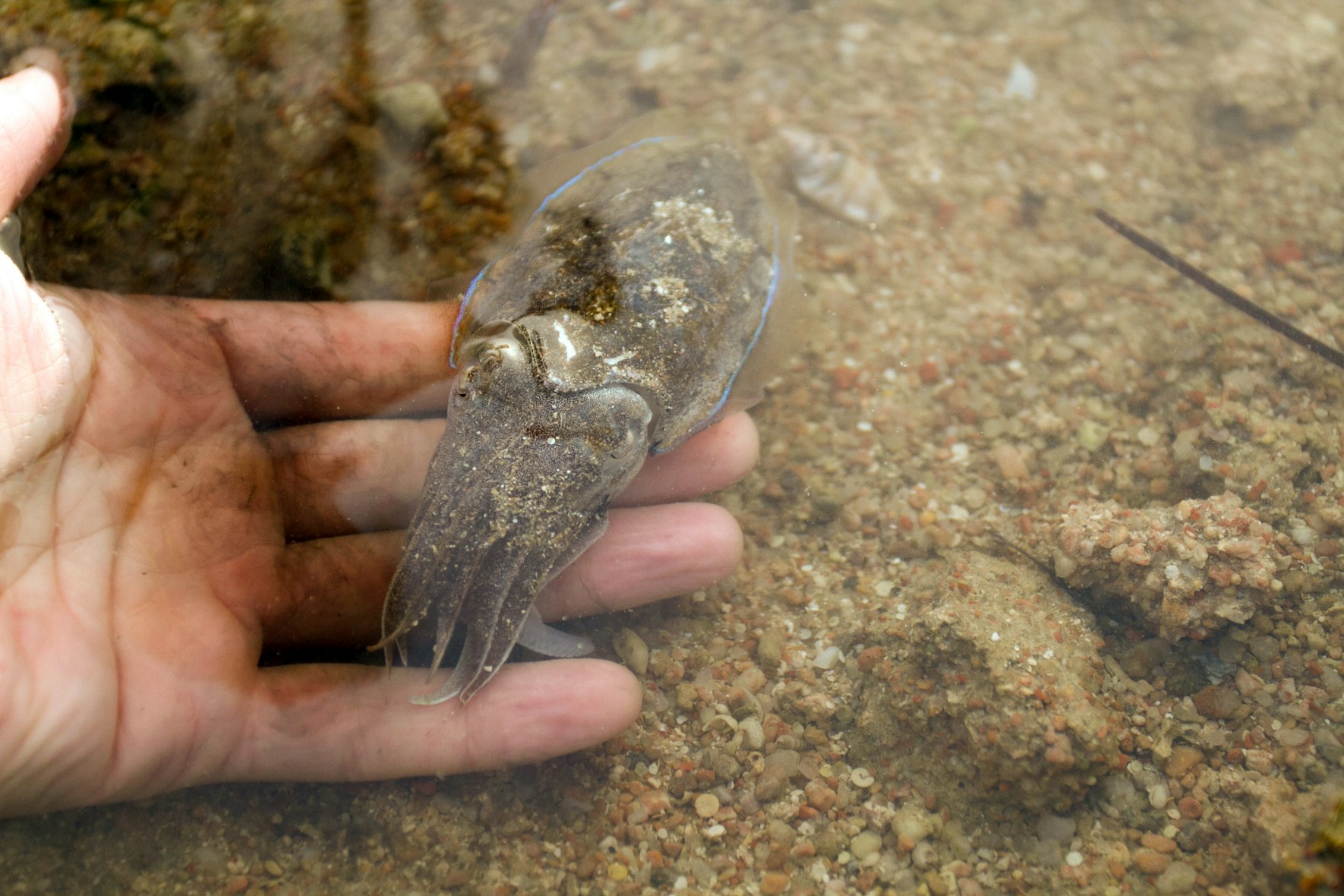
Playing dead
Emitting electric shocks
Changing color and pattern
Releasing ink
Which animal escapes predators by breaking off its tail?
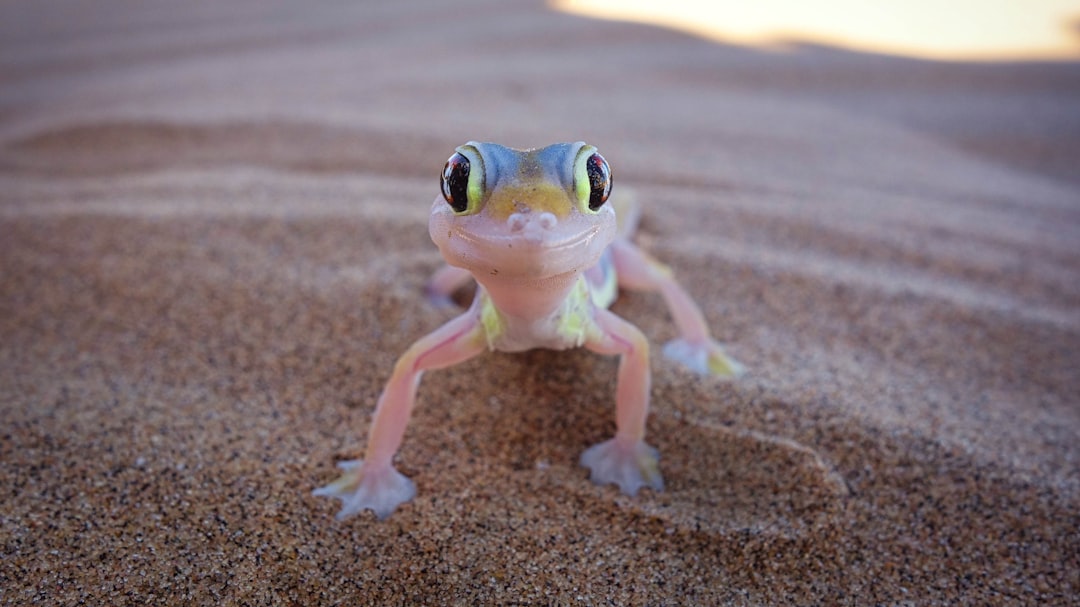
House gecko
Honey badger
Armadillo
Platypus
What unique strategy do pangolins use against threats?
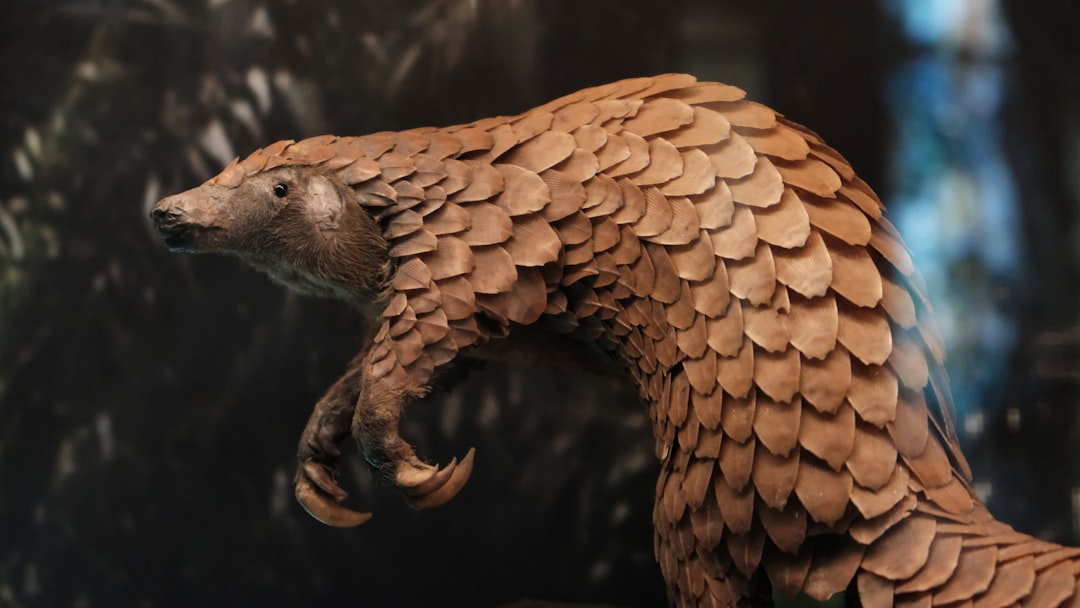
Emitting a foul smell
Curling into a tight ball
Digging holes rapidly
Leaping into water
What tactic do opossums use to avoid predators?
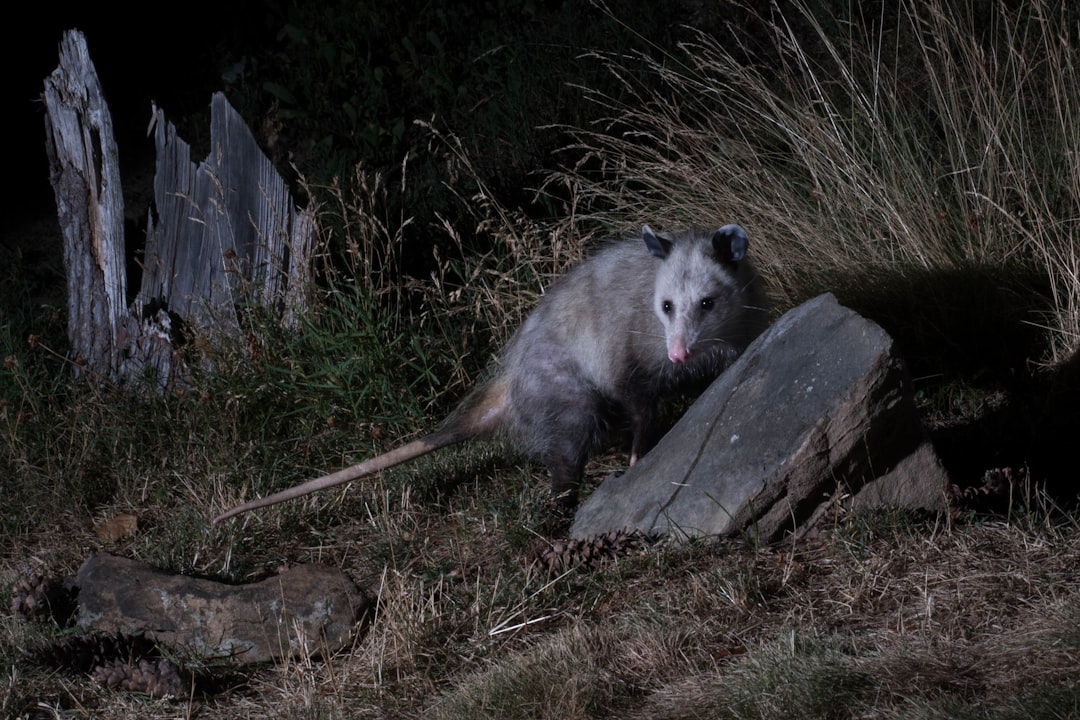
Faking death
Jumping into water
Running swiftly
Climbing trees
How does the owl butterfly deter predators?
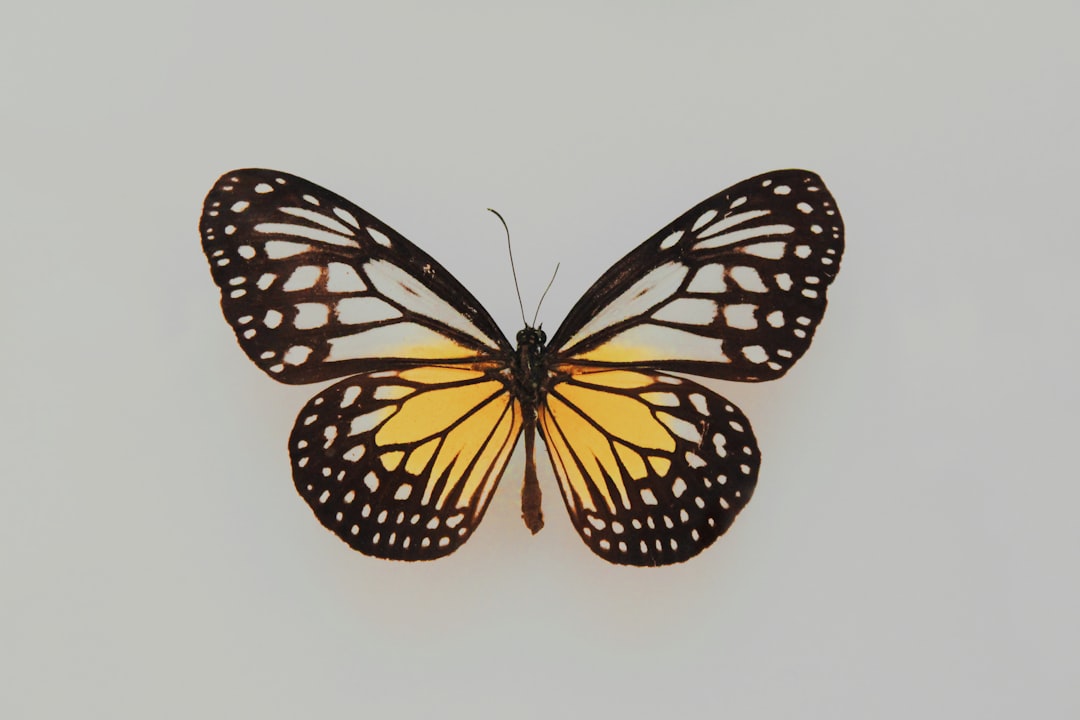
Flashing bright colors
Expanding wings quickly
Mimicking owl eyes
Releasing foul odor
What do potato beetles use as a defense mechanism?
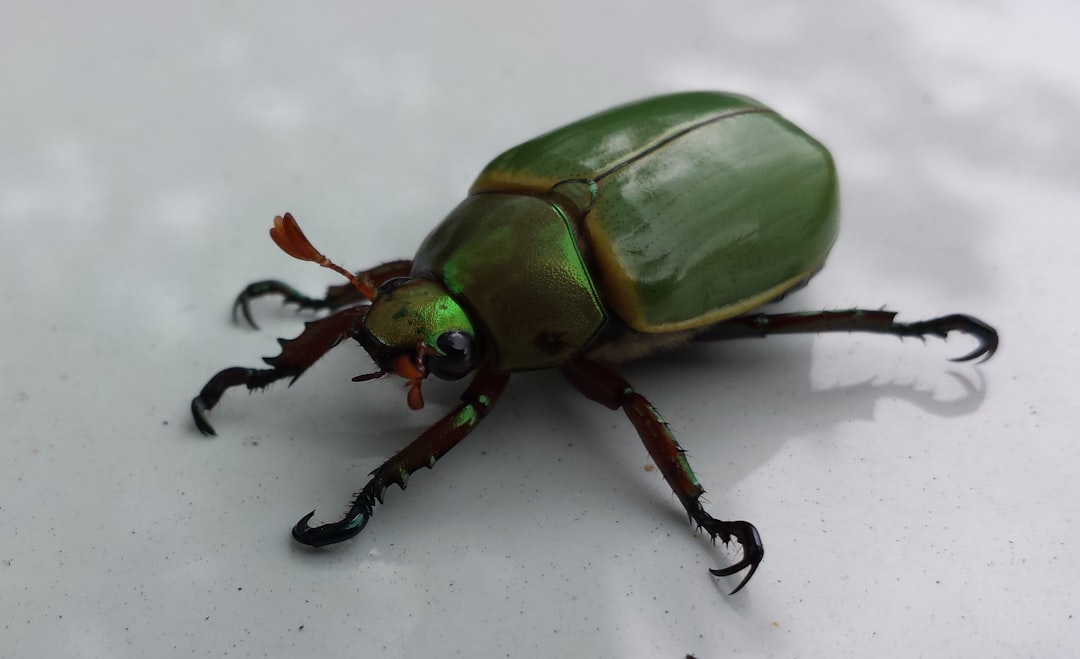
Jumping abilities
Toxic secretion
Burrowing underground
Reflective shell
Which defense does the mimic octopus use?
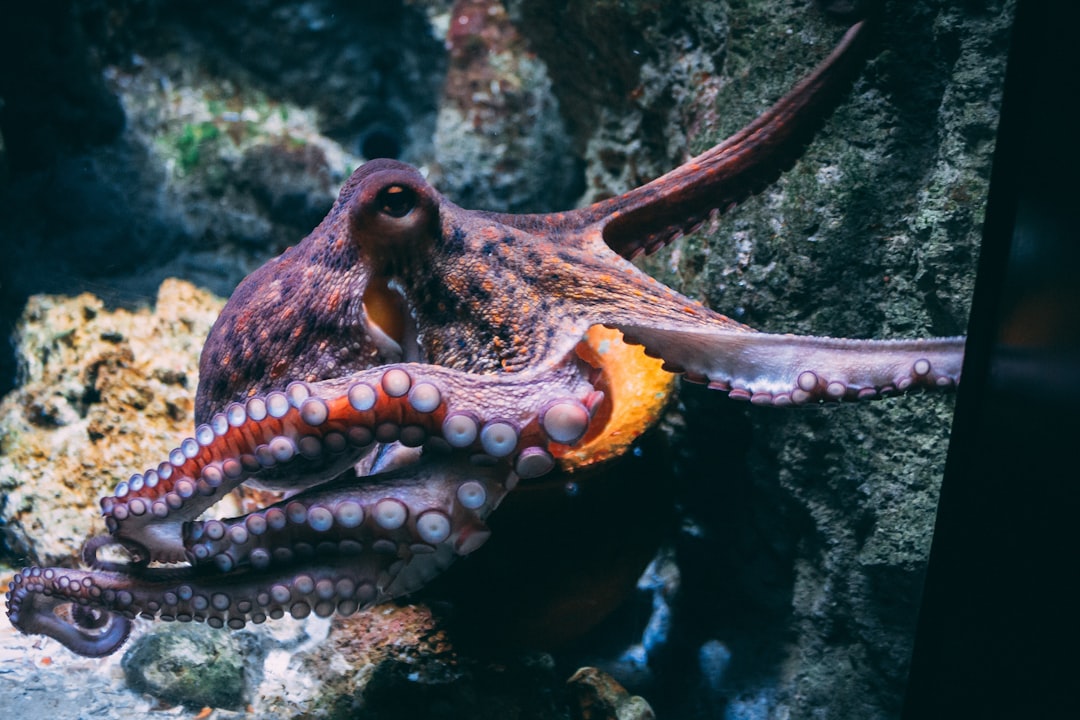
Changing shape
Emitting ink
Camouflage
Playing dead
How do stick insects avoid predation?
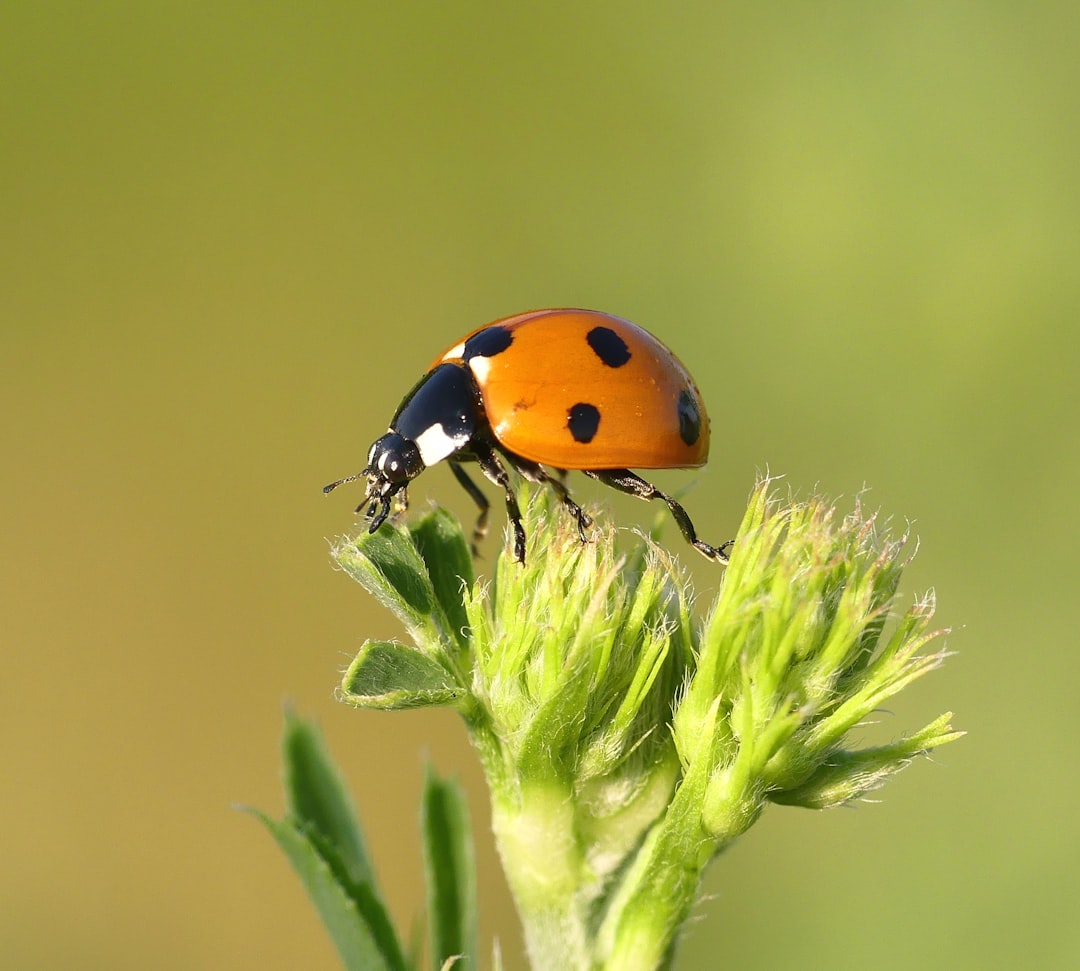
Releasing a sticky substance
Mimicking twigs
Burrowing
Rapid fleeing
What strategy do jewel beetles employ against threats?
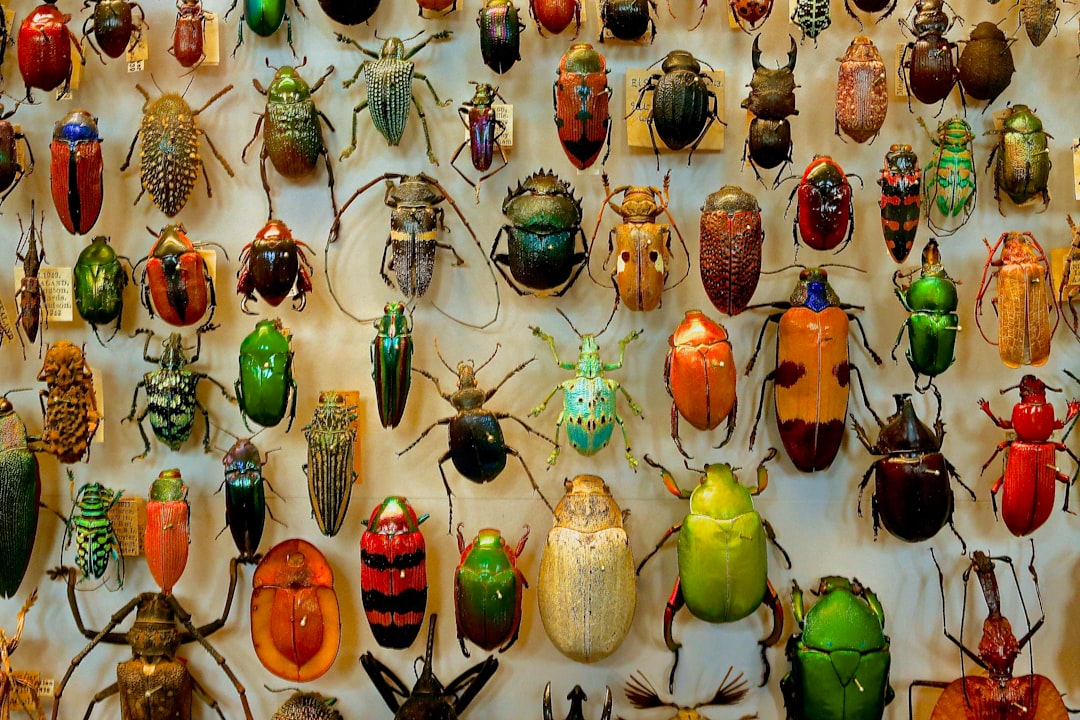
Reflective coloring
Playing dead
Boring into wood
Emitting heat
How do African spiny mice escape when caught?
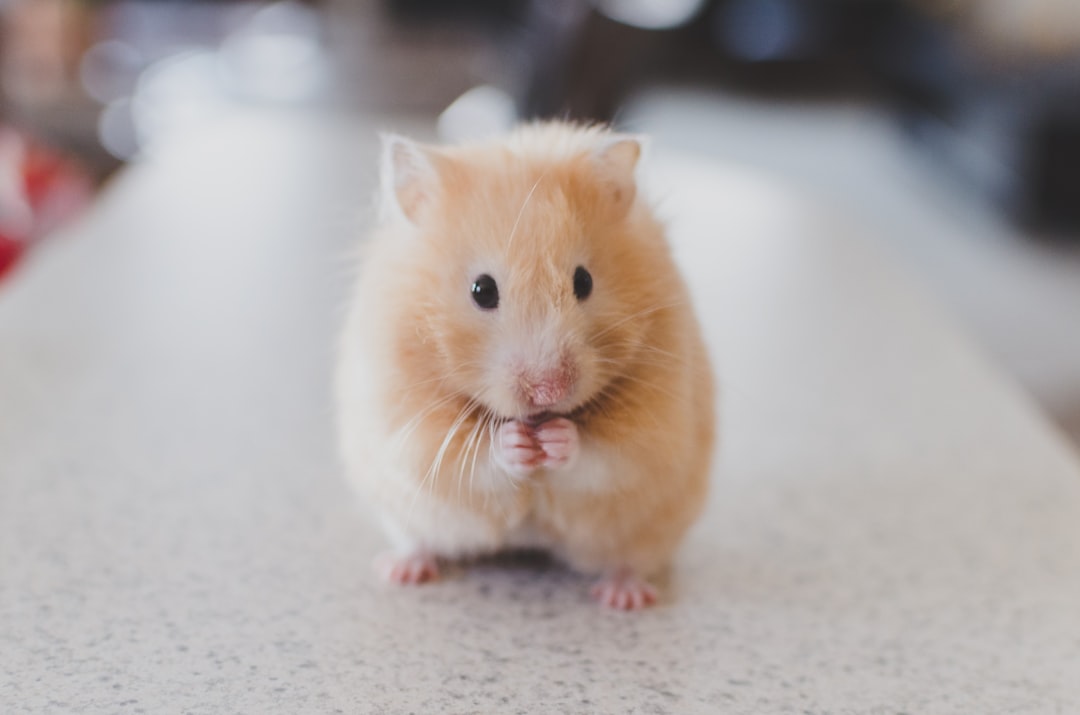
Regenerating lost skin
Detaching their tail
Releasing foul odor
Biting predators
What method do horned lizards use besides squirting blood?
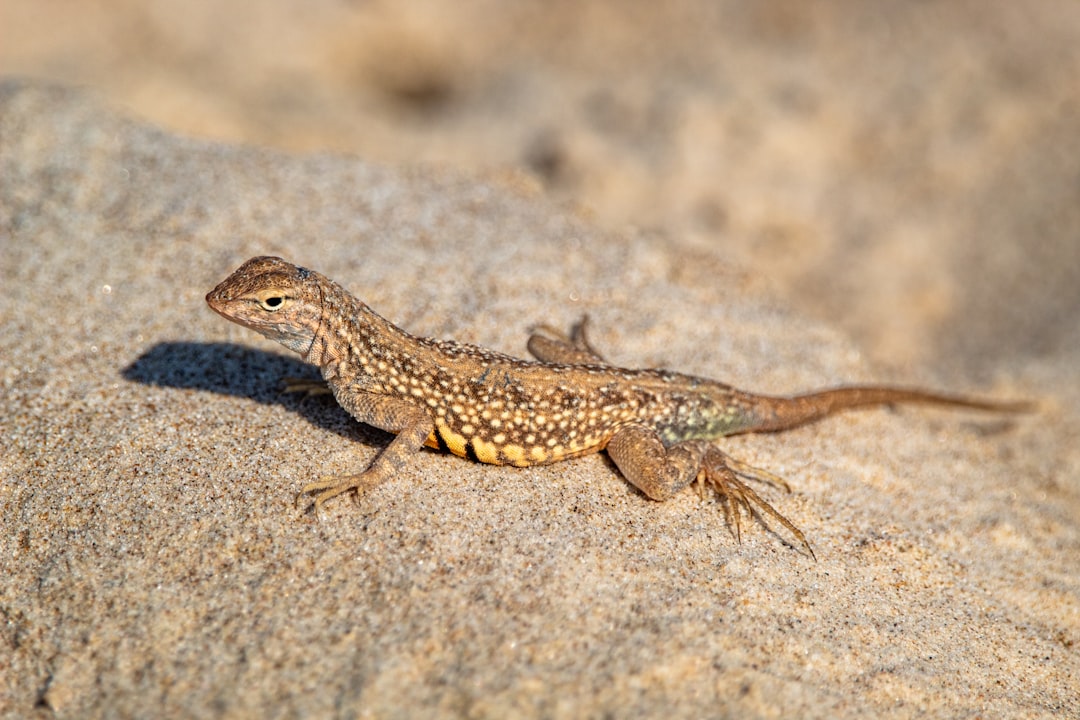
Puffing up body
Running in zigzags
Burying in sand
Mimicking rocks
How do glass frogs protect themselves?
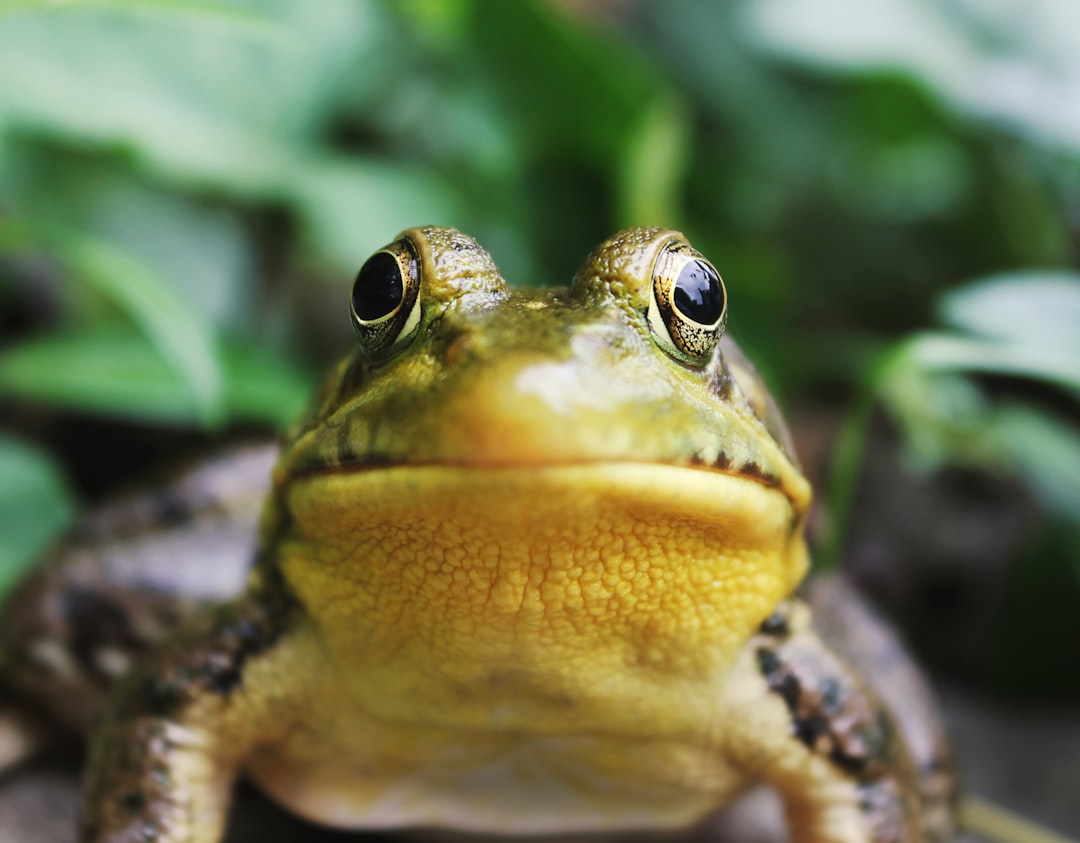
Being nocturnal
Transparent skin
Living underwater
Jumping high
What unusual defense is employed by fulmar chicks?

Spitting oil
Pecking
Screaming loudly
Pretending to be injured
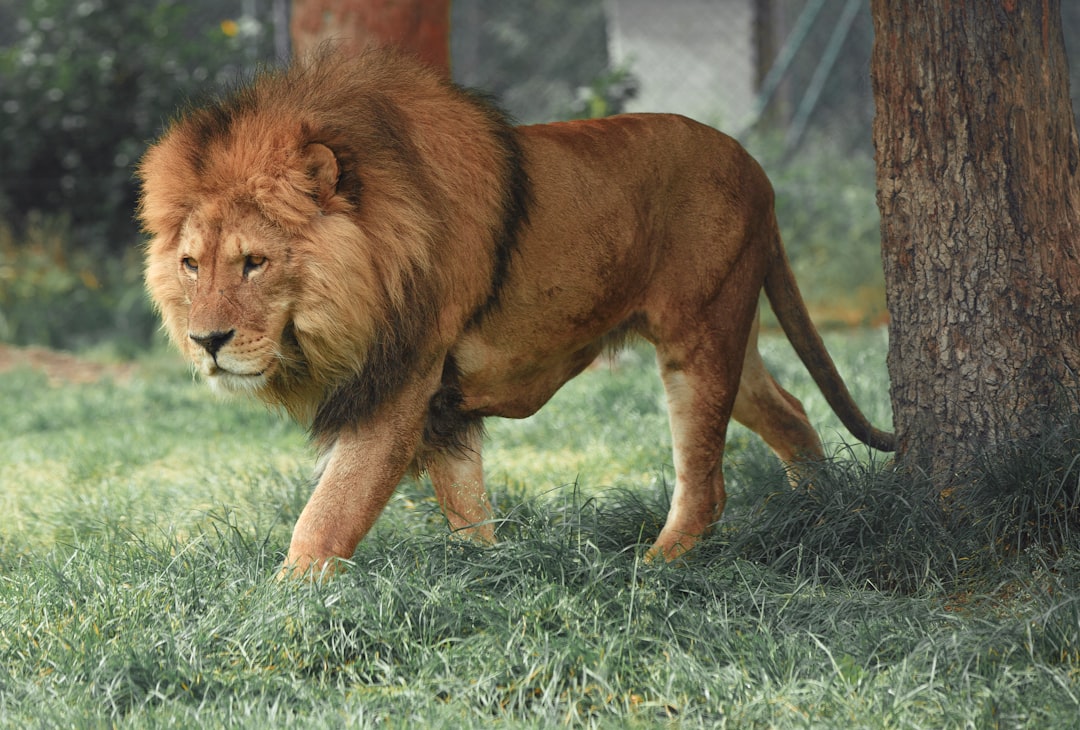
Defenseless Dabbler?
Your knowledge of animal defenses needs a survival boost!

Skillful Survivor
You’re getting the hang of nature’s tricks, keep learning!

Master of Defense
You could teach a class on animal defense mechanisms!





